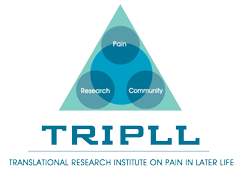Moderate to severe chronic pain in later life: risk and resilience factors for recovery
Despite extensive research on the development and risk factors of chronic pain, the process of recovery from chronic pain in later life has been rarely studied. We estimated the recovery rate of moderate to severe chronic pain (chronic pain of moderate or severe severity or interfering with usual activities) among older adults and investigated predictors of recovery. Leveraging the longitudinal Health and Retirement Study 2006–2016 data (6 waves), we estimated the biennial national attrition-adjusted recovery rate of moderate to severe chronic pain among 6,132 US adults aged 65–75 at baseline. Generalized estimating equation Poisson models examined pain-related, sociodemographic, psychosocial and health-related factors in relation to recovery within any 2-year interval using longitudinal lagged design. Between 2006–2016, the prevalence of moderate to severe chronic pain increased from 28% to 33% with the incidence increasing from 14% to 18% and the recovery rate approximately 30%. Previous chronic pain duration, age, chronic diseases and a personality trait (agreeableness) were associated with a lower probability of recovery. Greater financial wealth and physical activity, better sleep quality and self-reported health were associated with a greater probability of recovery. Interventions that improve physical activity and sleep quality may be important avenues for reducing chronic pain burden among older adults.
Li R, Dworkin RH, Chapman BP, Becerra AZ, Yang L, Mooney CJ, Seplaki CL. Moderate to severe chronic pain in later life: risk and resilience factors for recovery. The Journal of Pain. Published 2021 June 22. https://doi.org/10.1016/j.jpain.2021.05.007
Click here to view full text.
